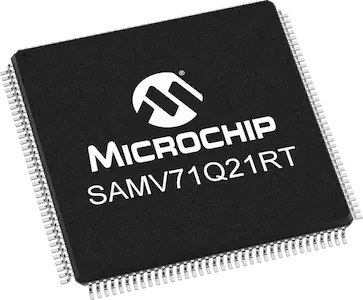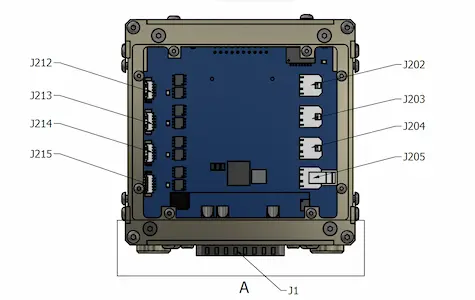The ICE Cube OBCU project
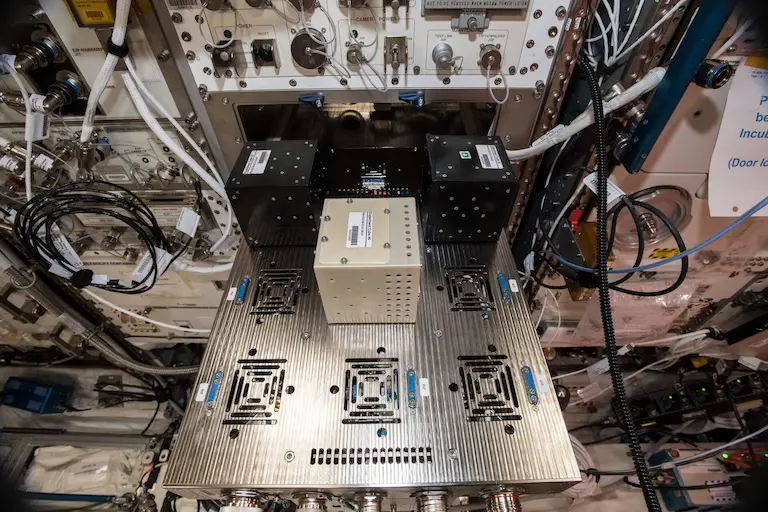
The International Commercial Experiment Cubes Service , operated by a Belgian company Space Applications Services, presents a host of new opportunities for research and development. The platform contains a number of slots for electronic payloads of standard sizes, which are provided with power and connections upstream to the user home base on the ground. This well-defined interface enables teams to rapidly develop and perform experiments in a unique space environment. This opportunity has already been taken advantage of through a number of missions and programs, including, but not limited to, Kirara, Gator GATSBY, Axiom-1 RAKIA and ESA’s own CryptIC, AIM and Orbit your Thesis.
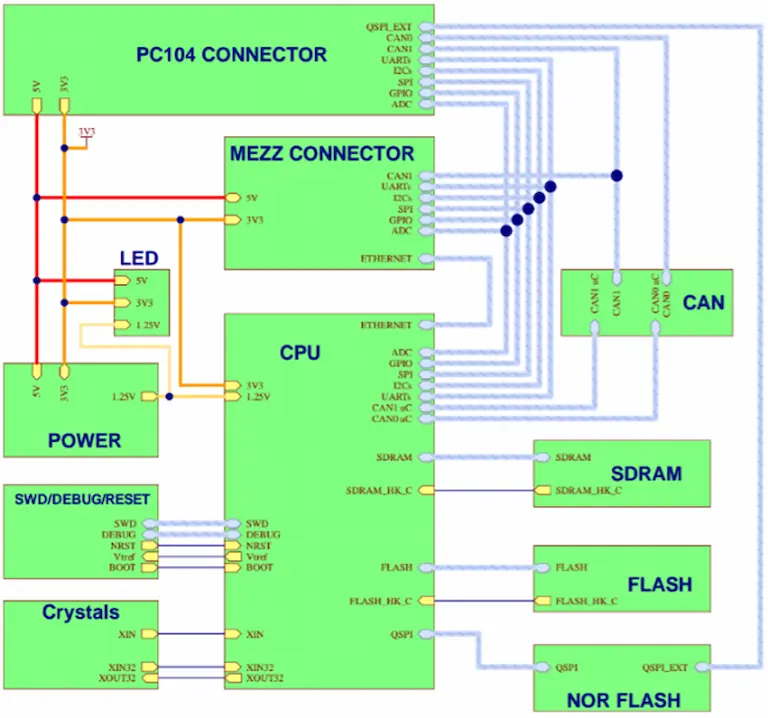
Trying to answer what exactly goes into the process of deploying an experiment cube on the ICE Cubes Facility, or ICF, points towards a standard CubeSat-like development procedure. An experiment cube will be hidden inside a metal chassis, in which a microcontroller-based circuit board will conduct other subsystems responsible for performing a specific set of actions and measurements, e.g. comprising a scientific experiment, and communicate with the platform, and through it, the user home base. Design of the enclosure and the electronics subsystems largely follows the requirements set out by the platform’s operator, with analysis and implementation of which they offer additional consulting services. The software is developed, the enclosure manufactured, the system assembled and prepared for a round of integration testing in a second copy of the ICF operated on ground. While the ICF follows a set of standards defining the interface to an experiment cube, so far there has been no off-the-shelf components that would serve as a common reusable foundation to build experiment-specific payloads on.
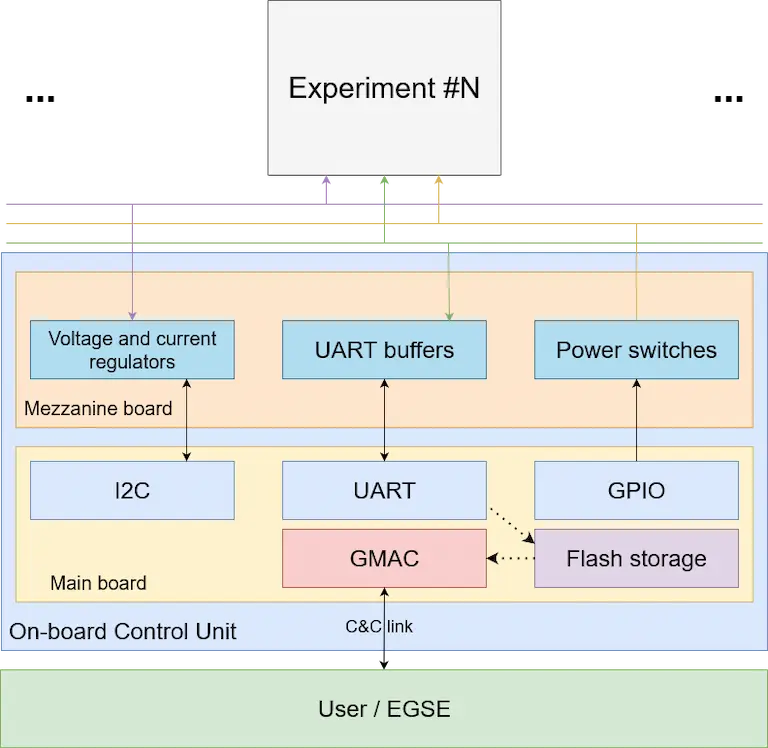
The commercial package, ICE Cube On-board Control Unit (OBCU), developed
by N7 Space in collaboration with the
Space Research Centre of the Polish Academy of Sciences (CBK PAN)
comprises of an electronic control board based on a SAMV71Q21 microcontroller,
a 1U mechanical enclosure fitting up to four similarly sized payloads along
with the control board, and a set of software used to command, control, monitor,
communicate with and collect data from the payloads. Utilizing common standards,
it serves as a bridge between customer-defined facilities and the open interfacing
standards, such as the Packet Utilization Standard (PUS), stewarded by the
European Space Agency.
It was developed in scope of an ESA GSTP activity and as such, it will be tested
directly during a deployment of a complete OBCU-based cube with in-orbit payload
demonstrations on the ISS.
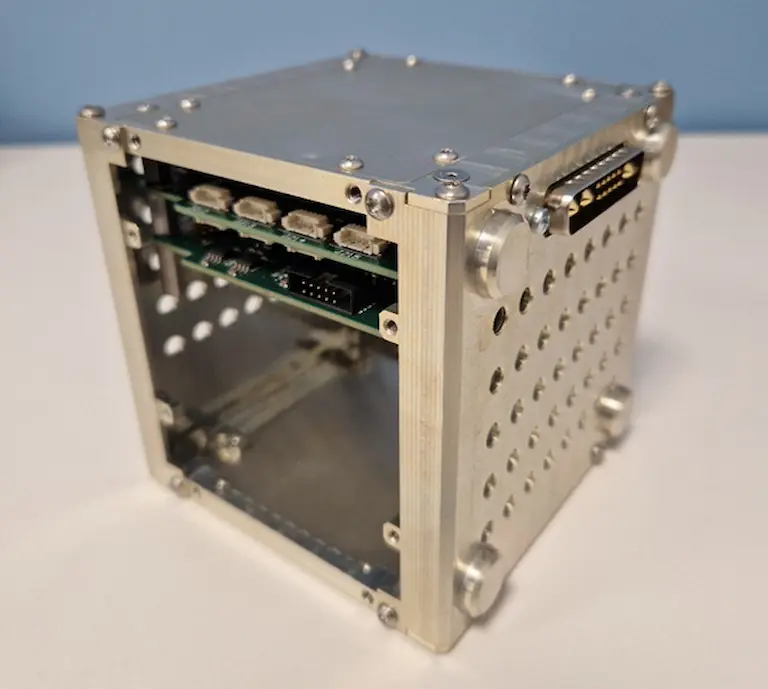
N7 Space is also working on a ground mission control system to be used in
conjunction with the OBCU, to further streamline the process of operating
the cubes based on it.
First flight-ready ICE Cube On-board Control Unit underwent sucessful
integration with the mechanical box and testing during its validation
campaign held in the second quarter of 2023.
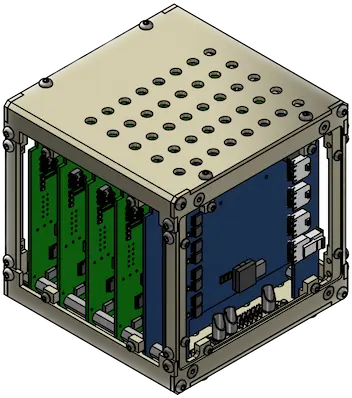
 Based on Microchip SAMV71Q21RT
Based on Microchip SAMV71Q21RT
 Up to four electronic payloads
Up to four electronic payloads
 Full compatible with ICE Cube Facility
Full compatible with ICE Cube Facility
 Extendable control software
Extendable control software
